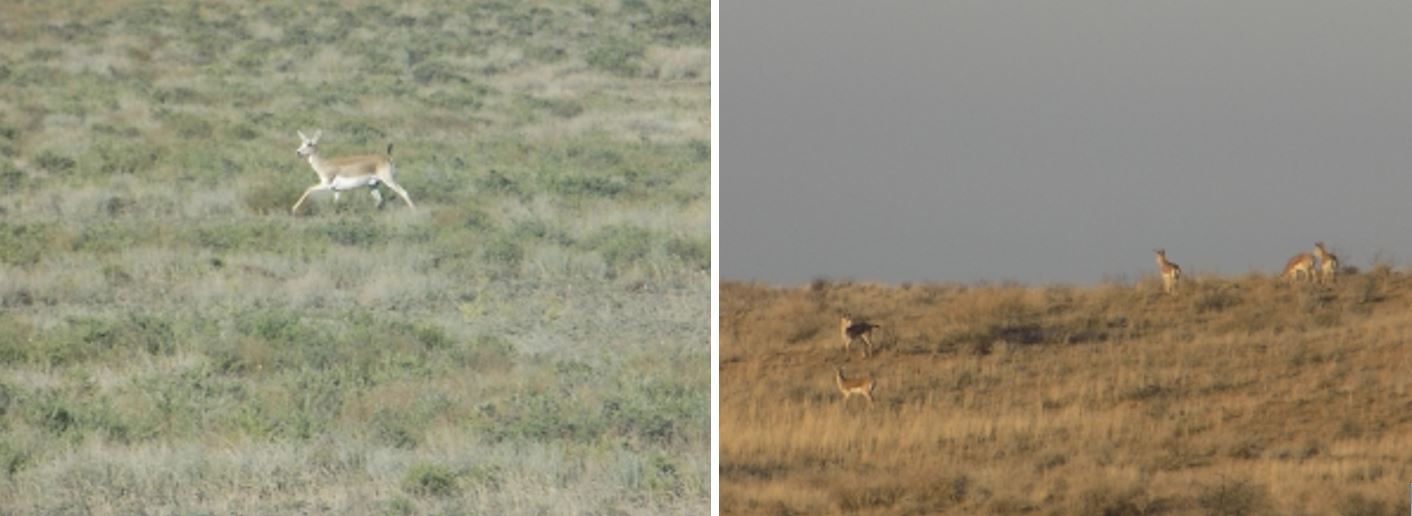
South-Kazakhstan reserve zone of republican significance was organized by the resolution Of The Government of the Republic of Kazakhstan No. 229 of March 15, 2005 “On the organization of the South-Kazakhstan Reserve Zone Of Republican Significance”.
The Reserve Zone is located on the territory of 4 regions of Southern Kazakhstan: Sarysusky district of Zhambyl region; Shieliysky and Zhanakorgan, Syrdarya, Karmakchinsky, Zhagashsky districts of Kyzylorda region; Sousak, Otyrarsky and Arys districts of the South Kazakhstan region; Ulytau district of the Karaganda region.
The area of the zone is 6,519,048 hectares, including: in the Kyzylorda region – 1855302 hectares, the South Kazakhstan region – 3,555,032 hectares, the Zhambyl region – 492 871 hectares, the Karaganda region – 617841 hectares
Protected species: plants – 23 species; animals – 435 species, of which mammals – 52, birds – 307, fish – 41, amphibians – 4, reptiles – 31 species.
According to the “Okhotzoprom” for the period 2004-2016, there is a certain experience that encourages optimization of the outer and inner boundaries of the protected zone, as well as some infrastructure restructuring, which served as motivations for the expansion of the Yu- South-Kazakhstan reserve zone: elimination of subsoil use sites from functional areas of the commandment, with preservation of sites with a number of the main protected species; the inclusion of the most promising areas for the growth and conservation of protected species sub-populations in the area of conservation in view of the changes dynamics in the status of populations identified in periodic numbers; expansion of the territory in compensation of excluded areas of subsoil use; adjustment of the reserved zone boundaries and sections of functional zones, caused by the change and increase of the instensivity of economic use of lands and stress impact on the main protected species.
Thus, the following main tasks are assigned to the protected area:
- preservation of the entire ecosystem, reference and unique natural complexes, and monuments of history and culture;
- restoration of damaged natural complexes and objects;
- development and introduction of natural complexes conservation scientific methods in conditions of recreational use and different types of economic activity;
- creation of conditions for regulated tourism and recreation in natural conditions;
- organization of limited economic activities in the designated areas;
- research environmental monitoring.
